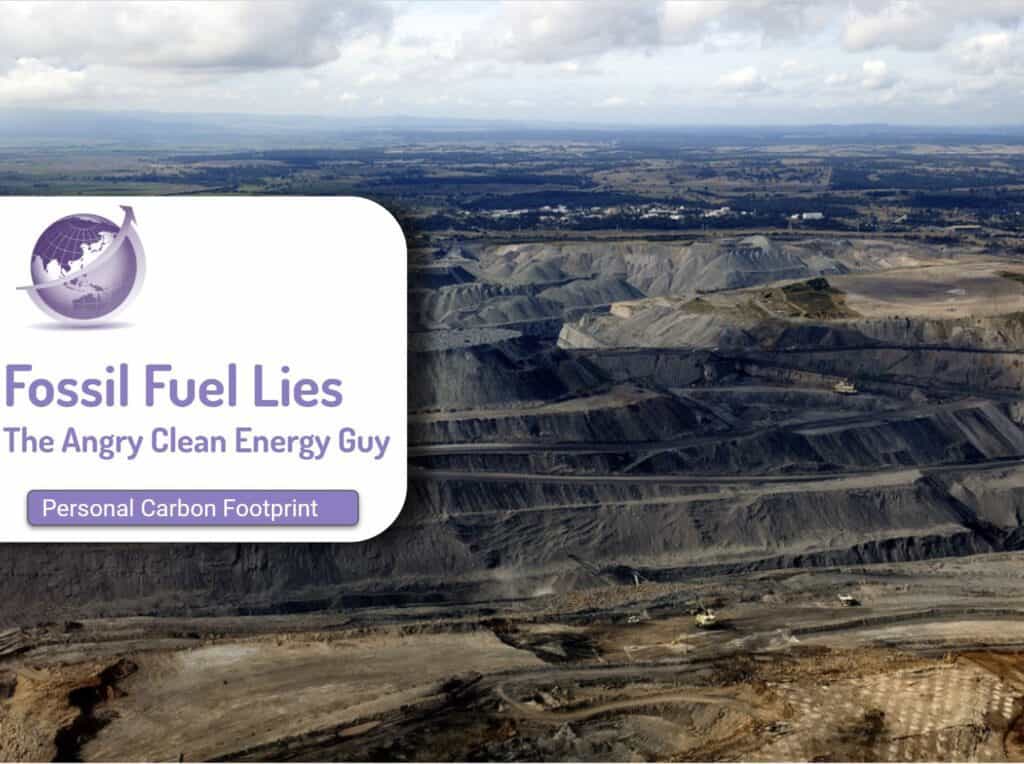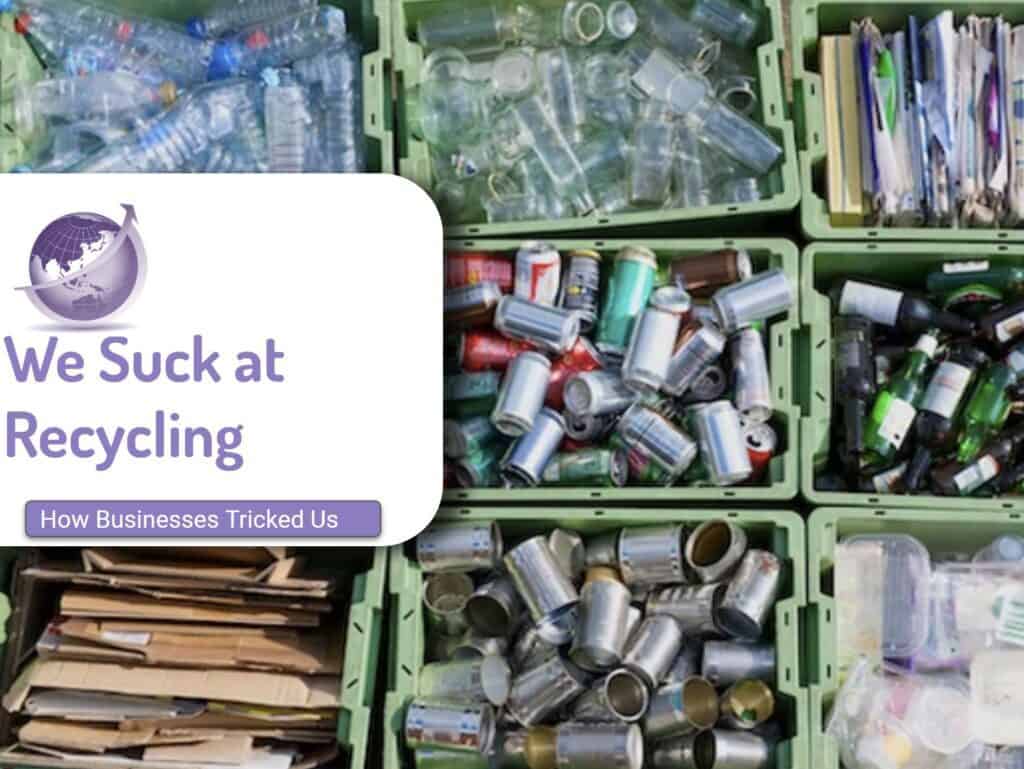Prof Mark Jacobson from Stanford University published a paper in 2015 on 153 Countries 100% Renewable Energy (termed WWS or Wind Water and Solar).
What’s the status of that a decade on? Was the concept of 100% valid? Was the criticism valid?
Jacobson [1] postulated that 139 countries could be 100% renewable energy, saving millions of deaths, enabling more jobs, and saving money. (Now 153 countries.) [2] Over 21 other leading scientists challenged his paper.[3] Jacobson published a rebuttal. [4] Clack and others followed up with another rebuttal [8] He then took legal action against them for defamation.
They said 100% was not possible, and the tone of the public documents clearly showed heated and opposing views. Due to the ongoing legal stoush, no other researchers or industry got into the discussion. Eventually, Jacobson dropped the lawsuit. Science is seldom resolved by legal means.
Reading this 9 years later with developments over this decade is informative. Much of the criticism was based on previous data, and did not predict what systems would look like in 2024. Let alone 2030 or 2050.
Challenge by 21 Scientists
The case is interesting because the challenging authors raised 4 reasons.
- Claimed nuclear, and fossil fuel with CCS and biofuels would decrease the cost of decarbonisation
- Technologies could not be scaled up. Wind, solar, and hydroelectric. Jacobson said hydro could be turned into dispatchable and upgraded turbines to get more dispatchable electricity has not been demonstrated.
- Claimed modelling errors such as hydro rates, CSP (note these are “storage”)
- Claimed model (gator-GCmom) was not transparent
Situation a Decade On
A decade later, those same anti-100% arguments continue to be raised. These arguments generally state that we need to keep an open mind, that renewable energy is intermittent, that we need to keep “baseload” power, that nuclear has a role, and that fossil fuels can continue to be burnt using CCS technology. Other focus on the modern models, or the costs of a change.
Mind you, Jacobson also got some of his predictions on technologies wrong.
- The solar was based on concentrated solar power (CSP) plants, but solar panels have taken over. CSP is now unlikely.
- Storage. He focused on retrofitting hydro and CSP for storage and CSP and Wind for generation. Or on community heating. Chemical batteries (Lithium Ion) have taken over the majority role of storage, with some pumped hydro as storage, but little more.
- Hydrogen was proposed as a “answer to a question” but there was no definition of the question,
Long-term seasonable storage is still a hot discussion point.
California 2024
- In 2009, when Jacobson first proposed 100% WWS, utilities + naysayers claimed the grid would go unstable with >20% RE, with no evidence.
- In 2017, they claimed, with no evidence, a limit of 80%.
- In 2020, they claimed 90%, then 95%
- In 2024, In May, for the 18th day in a row and 47th of past 55, California #WindWaterSolar supply exceeded 100% of demand, for 8.67 h on May 1, peaking at 130.6%.
- Over the 55 days, WWS exceeded demand 4.1 h/day on avg and the 24-h avg WWS supply has been 62.3%100% WWS is here to stay.
What does the future look like?
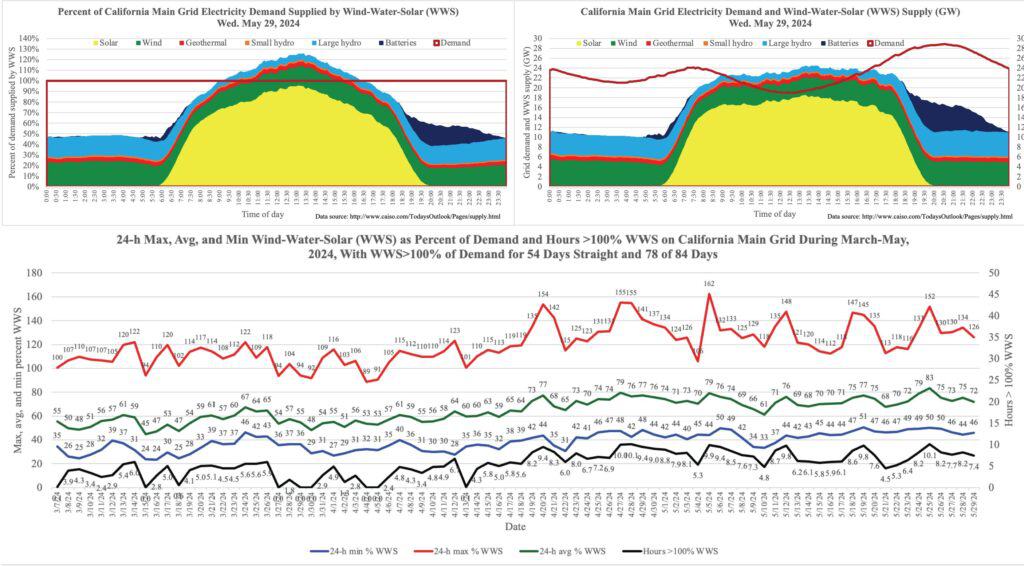
California Gets to 100% in July 2024
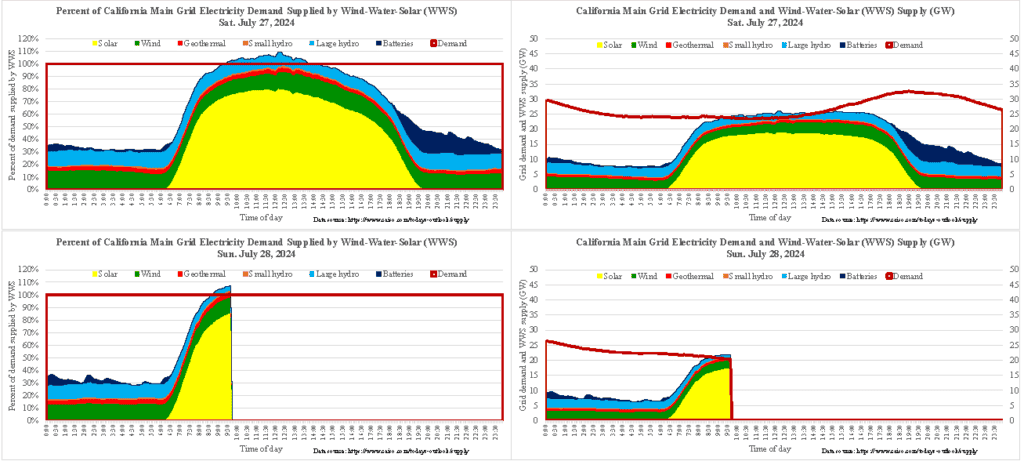
As pointed out by Jacobson in July 27th 2024, California had all of its electricity demand from solar and wind and hydro. Jacobons reaffirms 100% in his latest paper in 2024 [9]
Cost Down and Ramp up of Technologies

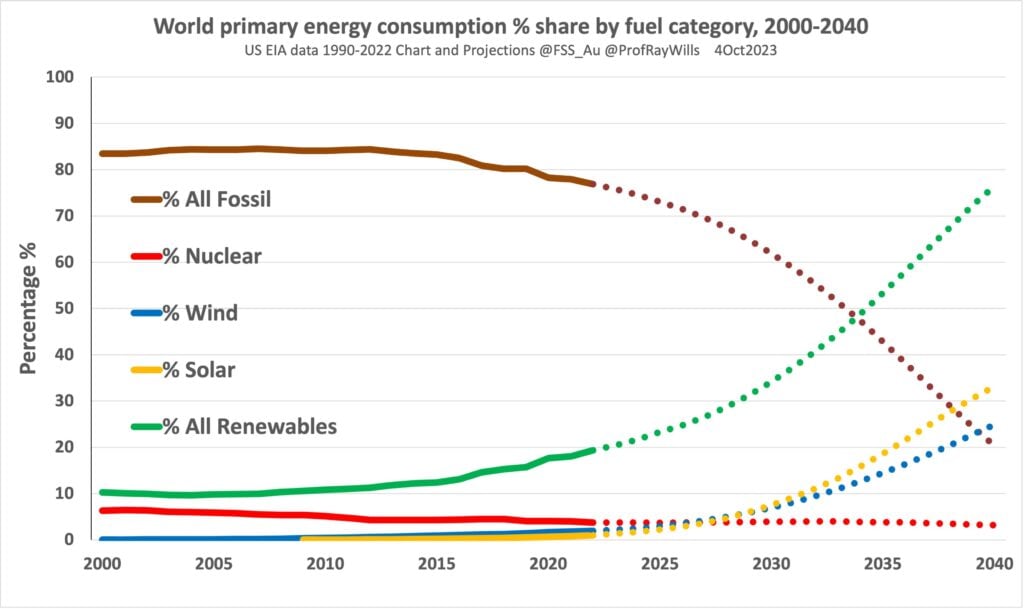
References
[1] M. Z. Jacobson, A.-K. von Krauland, S. J. Coughlin, F. C. Palmer, and M. M. Smith, ‘Zero air pollution and zero carbon from all energy at low cost and without blackouts in variable weather throughout the U.S. with 100% wind-water-solar and storage’, Renew. Energy, vol. 184, pp. 430–442, Jan. 2022, doi: 10.1016/j.renene.2021.11.067.
[2] Mark Jacobsen, ‘Low-cost solutions to global warming, air pollution, and energy insecurity for 145 countries – Energy & Environmental Science (RSC Publishing)’. Accessed: May 06, 2024. [Online]. Available: /https://web.stanford.edu/group/efmh/jacobson/Articles/I/145Country/22-145Countries.pdf
[3] C. T. M. Clack et al., ‘Evaluation of a proposal for reliable low-cost grid power with 100% wind, water, and solar’, Proc. Natl. Acad. Sci., vol. 114, no. 26, pp. 6722–6727, Jun. 2017, doi: 10.1073/pnas.1610381114. https://www.pnas.org/doi/full/10.1073/pnas.1610381114
[4] M. Z. Jacobson, M. A. Delucchi, M. A. Cameron, and B. A. Frew, ‘The United States can keep the grid stable at low cost with 100% clean, renewable energy in all sectors despite inaccurate claims’, Proc. Natl. Acad. Sci., vol. 114, no. 26, pp. E5021–E5023, Jun. 2017, doi: 10.1073/pnas.1708069114.
[5] Studies on Grid Reliability with high penetrations of wind, water and sunlight https://web.stanford.edu/group/efmh/jacobson/Articles/I/CombiningRenew/combining.html
[6] 4 Reasons Nuclear and Fossil Fuel Supporters Criticizing 100% Renewable Energy Plan Are Wrong https://www.ecowatch.com/pnas-jacobson-renewable-energy-2444465393.html
[7] Abstracts of 100 Peer-Reviewed Published Journal Articles From 42 Independent Research Groups With Over 250 Different Authors Supporting the Result That Energy for Electricity, Transportation, Building Heating/Cooling, and/or Industry can be Supplied Reliably with 100% or Near-100% Renewable Energy at Different Locations Worldwide May 6, 2024 https://web.stanford.edu/group/efmh/jacobson/Articles/I/CombiningRenew/100PercentPaperAbstracts.pdf
[8] Further response to Jacobson June 2017 https://www.vibrantcleanenergy.com/wp-content/uploads/2017/06/ReplyResponse.pdf
[9] Effects of firebricks for industrial process heat on the cost of matching all-sector energy demand with 100% wind–water–solar supply in 149 countries Jacobson et al. 2024 https://web.stanford.edu/group/efmh/jacobson/Articles/Others/24-Firebricks.pdf



